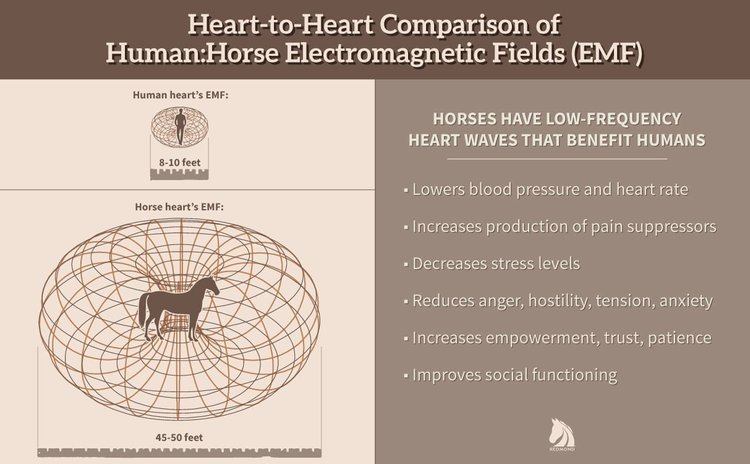Why Horses?
The Magic of Equine Movement
Strength, Muscle Coordination and Sensory Processing used for walking, talking, and the use of fine motor skills for activities of daily living and general attention to tasks have all been shown to be positively impacted by equine movement as a facilitation tool/strategy, when under the direction of a therapist, as part of a larger total plan of care. In addition, increased motivation and participation in treatment, as well as social and emotional benefits, have been reported.
There is a growing body of peer-reviewed clinical research that supports the value of including hippotherapy as a therapy tool/strategy in facilitating positive functional outcomes for a broad range of patients who demonstrate neuromotor and cognitive/communication deficits.
The average horse walks at a rate of approximately 100 steps per minute. Just 5 minutes on a walking horse represents 500 neuromotor inputs to the rider. In a typical therapy session, 15 to 25 minutes of equine movement may be incorporated by the treating therapist – which represents 1500 to 2500 neuromotor inputs to the rider.
Incorporating hippotherapy into an occupational therapy, physical therapy or-speech-language pathology session can serve as a powerful tool for the facilitation of the key neuromotor systems that support function. Skillfully applied equine movement, under the direction of a therapist, can offer the rider the opportunity for complex motor learning. Hippotherapy is combined with other standard therapy tools/strategies in an intervention plan designed to address the treatment needs of the client.
The Healing Heart of Horses
A coherent heart pattern is indicative of a system that can recover and adapt to stressful situations very efficiently. Many times, we just need to be in the presence of horses to feel a sense of well-being and peace. In fact, research shows that people experience many physiological benefits by interacting with horses, including lower blood pressure and heart rate, higher beta-endorphins (neurotransmitters acting as pain suppressors), decreased stress levels, decreased feelings of anger, hostility, tension, and anxiety, better social working; and greater feelings of empowerment, confidence, patience and self-efficacy ".
Source: HeartMath Institute
Recent studies conducted by the HeartMath Institute provide a clue to explain the two-way “healing” that occurs when we're close to horses.
According to researchers, the heart has an electromagnetic field larger than the brain: a magnetometer can measure the energy field of the heart that radiates from 2.4 meters to 3 meters around the human body. While this is certainly significant, perhaps more impressive is the fact that the electromagnetic field projected by the heart of a horse is five times larger than that of a human being (imagine an electromagnetic sphere around the horse), and it can influence our heart rate directly.
Horses are also likely to have what science has identified as a “coherent” heart rate (heart rate pattern) that explains why we can “feel better” when we're close to them. Studies have found a coherent heart pattern or HRV, to be a solid measure of well-being and consistent with emotional states of calm and joy; that is, we exhibit such patterns when we feel positive emotions.



